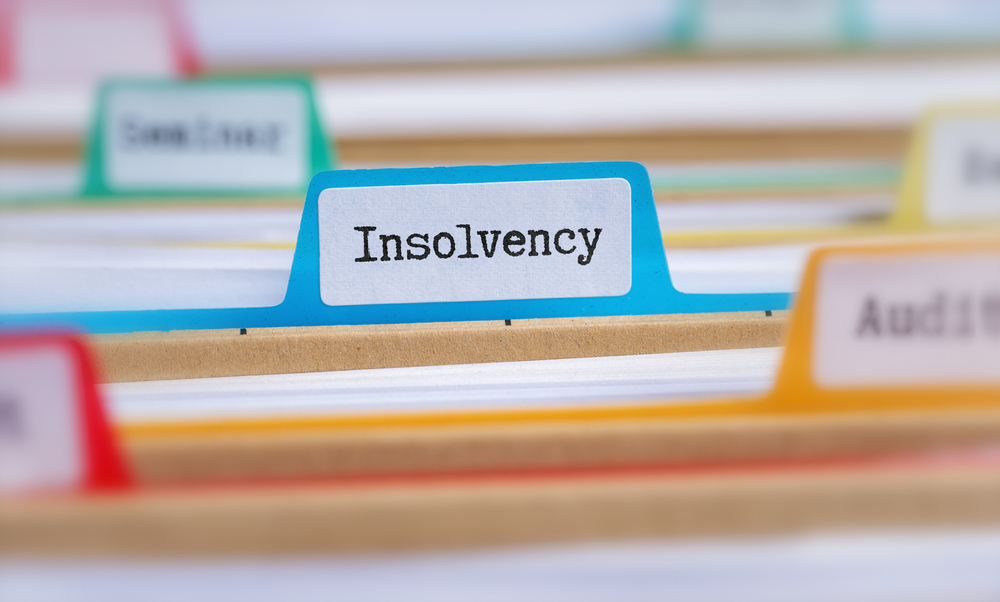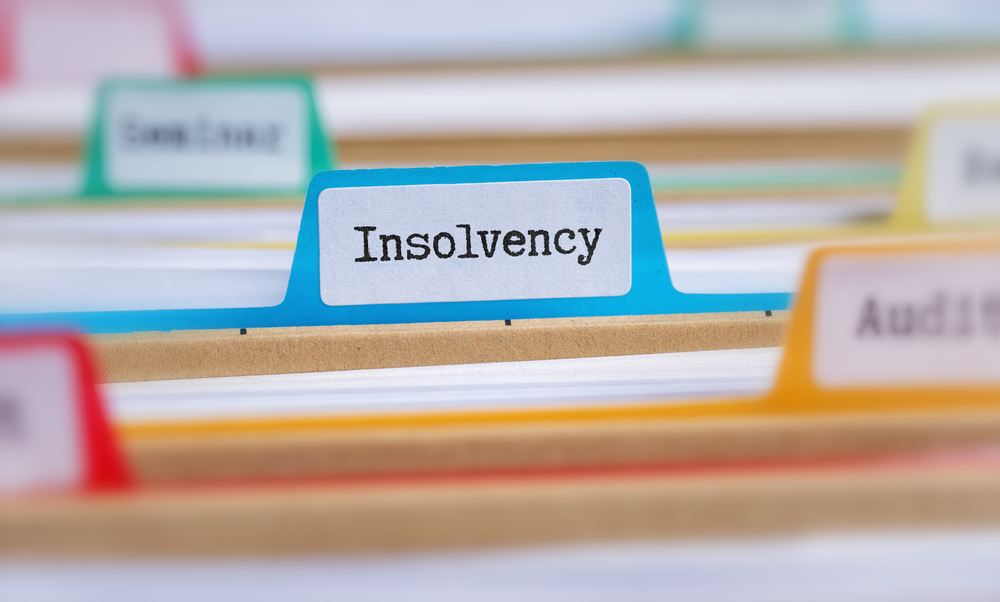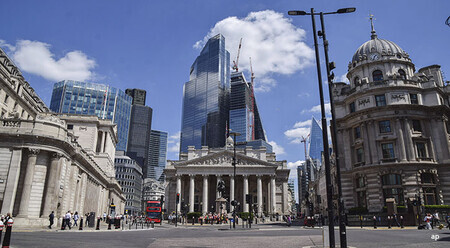
Secured vs Unsecured Creditors
The distinction between secured and unsecured creditors affects who gets paid first if a business can’t repay its debts. It also influences the terms of loans, including interest rates, and what happens if a company becomes insolvent.
What is the Difference Between a Secured and Unsecured Creditor?
A secured creditor holds a legal claim to specific company assets as collateral for the debt owed to them. This security interest, typically established through a formal agreement such as a mortgage or debenture, provides the creditor with a priority claim on the designated assets.
In the event of default or insolvency, secured creditors have the right to seize and liquidate these assets to recover their funds.
Conversely, an unsecured creditor does not possess any claim to the company’s assets as security for the debt. These creditors, which may include suppliers, service providers, or holders of unsecured loans, rely solely on the company’s promise to repay.
In an insolvency scenario, unsecured creditors stand behind secured creditors in the priority for repayment, making their recovery prospects significantly less certain.
What is a Secured Creditor?
A secured creditor is an entity that has a legal right to claim specific assets of a company in the event of default. In a liquidation, secured creditors are prioritised and repaid before other creditors.
There are two main types of secured creditors:
- Fixed Charge: A secured creditor with a fixed charge has a lien (legal right or claim) on specific assets of the company, such as property or equipment.
- Floating Charge: A secured creditor with a floating charge has a claim over a more general set of assets, such as inventory or accounts receivable, which can change over time.
Both types of charges must be registered with Companies House, the UK’s official register of businesses. This registration is detailed in a document known as a debenture, which outlines the terms and conditions of the security.
>>Read our full article on What are Fixed and Floating Charges?
What are Examples of Secured Creditors?
- Banks
- Lenders with a charge over assets
- invoice factoring company with a lien over assets
Enforcement Rights of Secured Creditors
Secured creditors possess significant enforcement rights if a borrower defaults. These typically include:
- Appointing an LPA receiver to manage or sell the secured asset
- Exercising the power of sale over the secured property
- Initiating foreclosure proceedings
- In certain cases, appointing an administrator (for holders of qualified floating charges)
These rights allow secured creditors to recover their debt independently, often without court intervention.
What is an Unsecured Creditor?
An unsecured creditor extends credit (loans, goods, or services) without taking any specific assets as collateral. This means the creditor trusts the borrower to repay the debt without holding onto any security it can seize in the event of default.
Without collateral, unsecured creditors run a higher risk of not getting paid if the borrower defaults. As a result, unsecured finance typically offers less favourable terms (like higher interest rates) compared to its secured counterpart.
Unsecured creditors often recover less in insolvency proceedings or, in many cases, nothing at all[1]Trusted Source – GOV.UK – Insolvency Act 1986. Section 175.
What are Examples of Unsecured Creditors?
There are many types of unsecured creditors, including:
- Providers of unsecured loans, including payday loans and credit card companies
- Suppliers, such as utility and broadband providers
- Contractors
- Landlords, such as for rent arrears
- HMRC – but only when trying to collect Corporation Tax and business rates
- Employees – Importantly, unpaid wages, salaries, and accrued vacation time owed to employees during insolvency are also considered unsecured debt.
All unsecured creditors rank equally in terms of their prioritisation, and if sufficient funds remain, they are paid the same percentage of what is available.
Creditor Hierarchy: Order of Priority in Insolvency
In insolvency proceedings, creditors are paid according to a strict hierarchy established by UK insolvency law, as follows:
- Fixed charge holders (secured)
- Expenses of the insolvency procedure
- Preferential creditors (e.g., employees for unpaid wages)
- Floating charge holders (secured)
- Unsecured creditors
- Shareholders
Secured creditors, comprising fixed and floating charge holders, occupy the top and fourth positions, respectively. This privileged position typically ensures they recover all or a significant portion of their debt.
Unsecured creditors, ranking fifth, often recover only a fraction of their debt, if anything at all.
The primary sources for this article are listed below, including the relevant laws and Acts which provide their legal basis.
You can learn more about our standards for producing accurate, unbiased content in our editorial policy here.
- Trusted Source – GOV.UK – Insolvency Act 1986. Section 175







